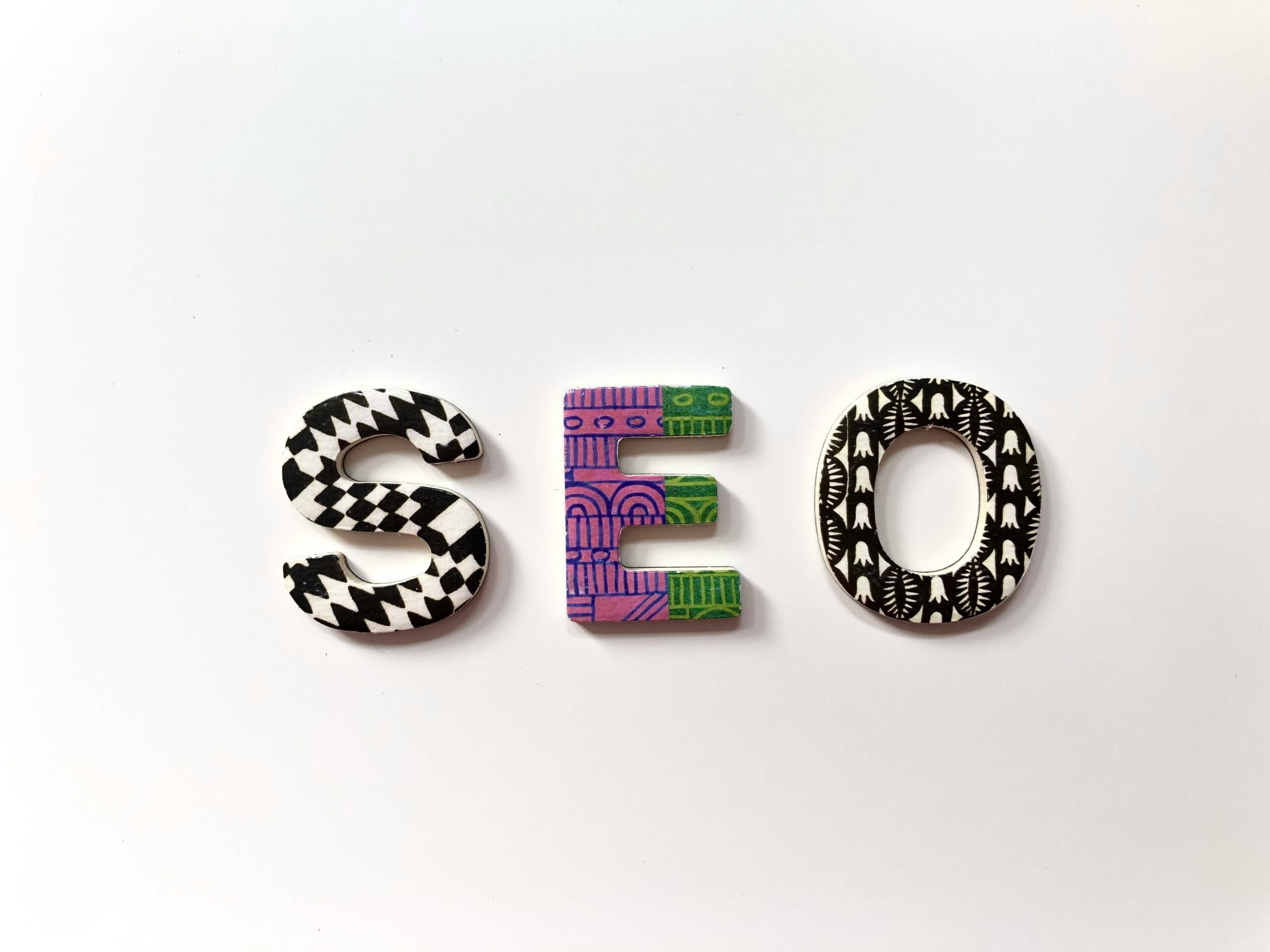Introduction
SEO (Search Engine Optimization) and content marketing are two powerful strategies that can greatly enhance a website’s visibility and drive organic traffic. While they are distinct in their approach, when combined, they create a dynamic duo that can deliver exceptional results. In this blog post, we will explore the relationship between SEO and content marketing and how they can work together to achieve online success.
The Role of SEO
SEO is the practice of optimizing a website to improve its visibility in search engine results pages (SERPs). It involves various techniques such as keyword research, on-page optimization, link building, and technical optimization. The primary goal of SEO is to increase organic traffic by ranking higher in search engine results.
One of the key aspects of SEO is keyword research. By identifying the keywords and phrases that users are searching for, website owners can create content that aligns with those search queries. This helps search engines understand the relevance of the content and rank it accordingly.
The Power of Content Marketing
Content marketing, on the other hand, focuses on creating and distributing valuable, relevant, and consistent content to attract and engage a target audience. It involves various forms of content, such as blog posts, articles, videos, infographics, and social media posts.
Content marketing plays a crucial role in building brand awareness, establishing authority, and driving organic traffic. When done right, it can attract high-quality backlinks and social shares, which are important ranking factors in search engine algorithms.
The Synergy Between SEO and Content Marketing
While SEO and content marketing have distinct goals and strategies, they are highly complementary and work best when integrated. Here are some ways in which SEO and content marketing can work together:
1. Keyword-Optimized Content
By conducting thorough keyword research, content marketers can identify the keywords and phrases that are relevant to their target audience. They can then create high-quality content that incorporates these keywords naturally. This helps search engines understand the topic and relevance of the content, improving its chances of ranking higher in SERPs.
2. Link Building through Content
Content marketing provides opportunities for natural link building. When websites create valuable and informative content, other websites are more likely to link to it as a reference. These backlinks are crucial for SEO, as search engines consider them as votes of confidence and authority. By consistently producing high-quality content, websites can attract more backlinks and improve their search engine rankings.
3. Enhanced User Experience
Both SEO and content marketing aim to provide a positive user experience. SEO focuses on technical optimization, site speed, and mobile-friendliness, while content marketing focuses on creating valuable and engaging content. When these two strategies are combined, websites can offer a seamless user experience that not only satisfies visitors but also improves search engine rankings.
Conclusion
SEO and content marketing are not standalone strategies but rather two sides of the same coin. When integrated effectively, they can create a powerful synergy that drives organic traffic, improves search engine rankings, and enhances the overall online presence of a website. By understanding the relationship between SEO and content marketing, website owners and marketers can harness the full potential of these strategies and achieve long-term success in the digital landscape.



